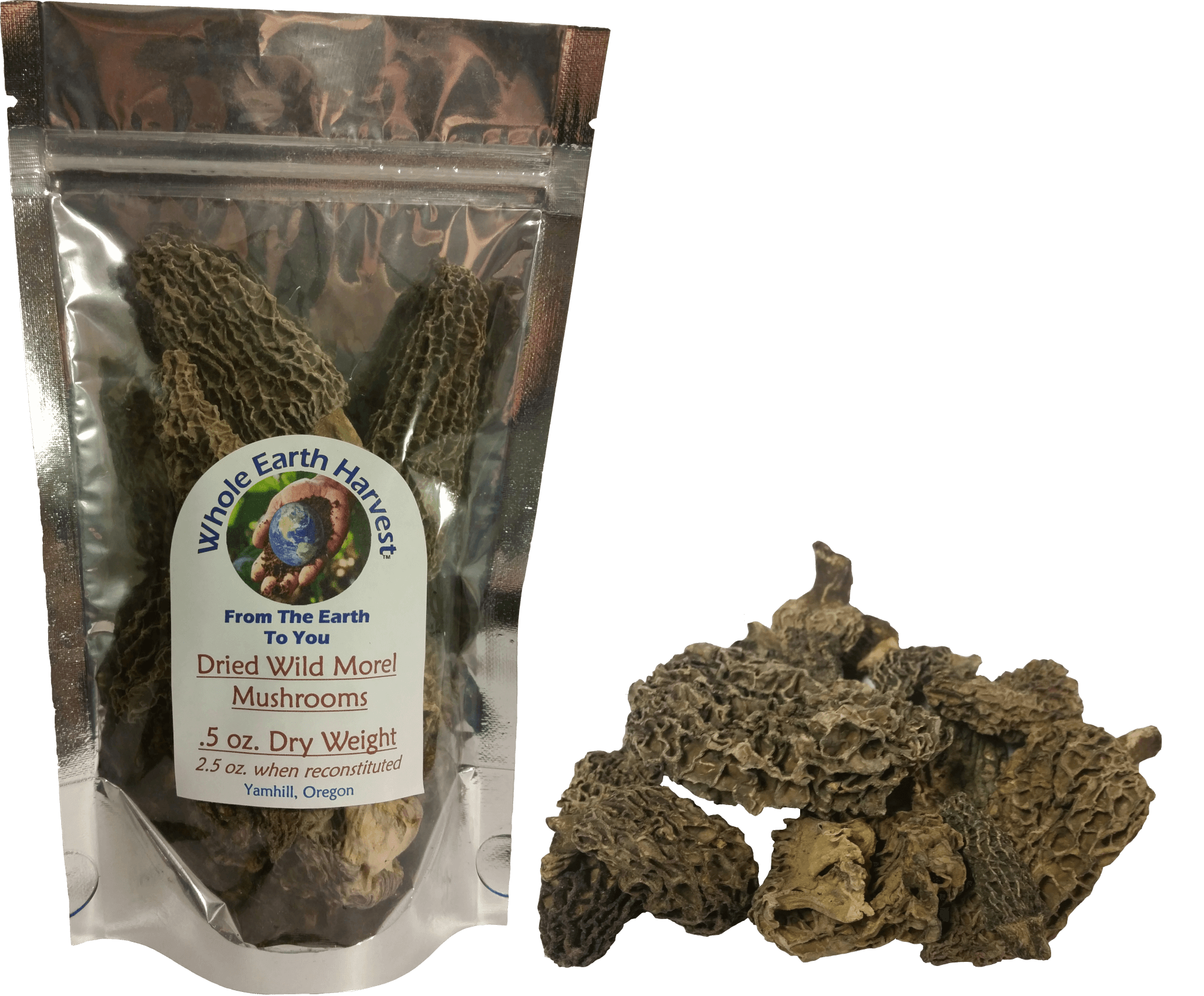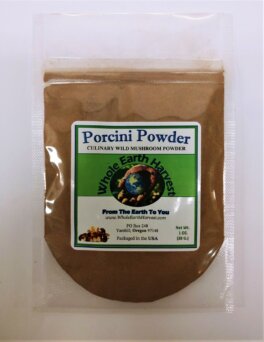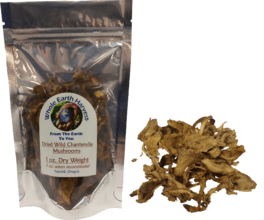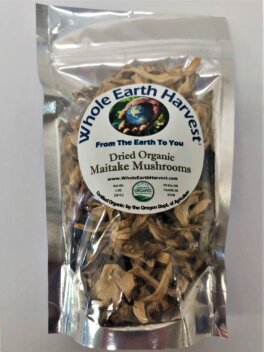Description
Dried Morel Mushrooms
Destruction is sometimes nature’s way of paving the way for new creation. Such is the case with morels, a mushroom sought after for its earthy, robust flavors, unique appearance, and resistance to domestication. Wherever a fire occurs, morels almost always grow in the same spot the following spring. Morels come in a range of colors from a rich tan, blonde, or grey to an extremely dark brown. Their aroma is earthy and woodsy, and unlike many mushrooms, they taste almost how they smell. Morel mushrooms are one of the very first fungi to inhabit a forest after a fire, which would explain the intense earthy, smoky and nutty flavors that characterize their taste.
Unfortunately, their fresh season is fleeting, lasting roughly from May to July. Dried morels allow you to enjoy the flavor and beautiful appearance of morel mushrooms year round, and they’re very easy to rehydrate & cook with.
Other Names: Fire morels, burn morels
Season: Year-round
Origin: Pacific Northwest, USA
Shelf Life: Dried wild morel mushrooms are best when used within a year.
Nutritional Facts: Morel mushrooms are one of the highest plant-based sources of Vitamin D and iron. Just one cup of reconstituted morels holds 22 percent of the recommended daily amount (RDA) of Vitamin D, 44 percent of the iron recommended for women and 100% of the iron recommended for men. Vitamin D assists calcium absorption, controls blood pressure, and stimulates the immune system while iron boosts the oxygen levels in blood cells. The same amount of morels also contains 8% of the RDA of Vitamin B, which is the key factor in turning food into energy. Together, these nutrients lead to higher energy levels, a more alert mind, and fewer illnesses.
Tips: Hydrate dried wild morel mushrooms by soaking them in warm water for an hour. They can then be prepared in the same way fresh wild morel mushrooms are. Morels are perfect for sauces, stews, pastas, and even grilled cheese sandwiches. They are particularly delicious in dishes with butter, asparagus, garlic, lamb, fiddlehead ferns, ramps, caraway seeds, bacon, wild salmon, eggs (scrambled, omelettes, baked eggs, frittatas), cream, parmesan cheese, and other wild mushrooms.
*Recommended daily amounts are based on a 2000 calorie diet.







Reviews
There are no reviews yet.